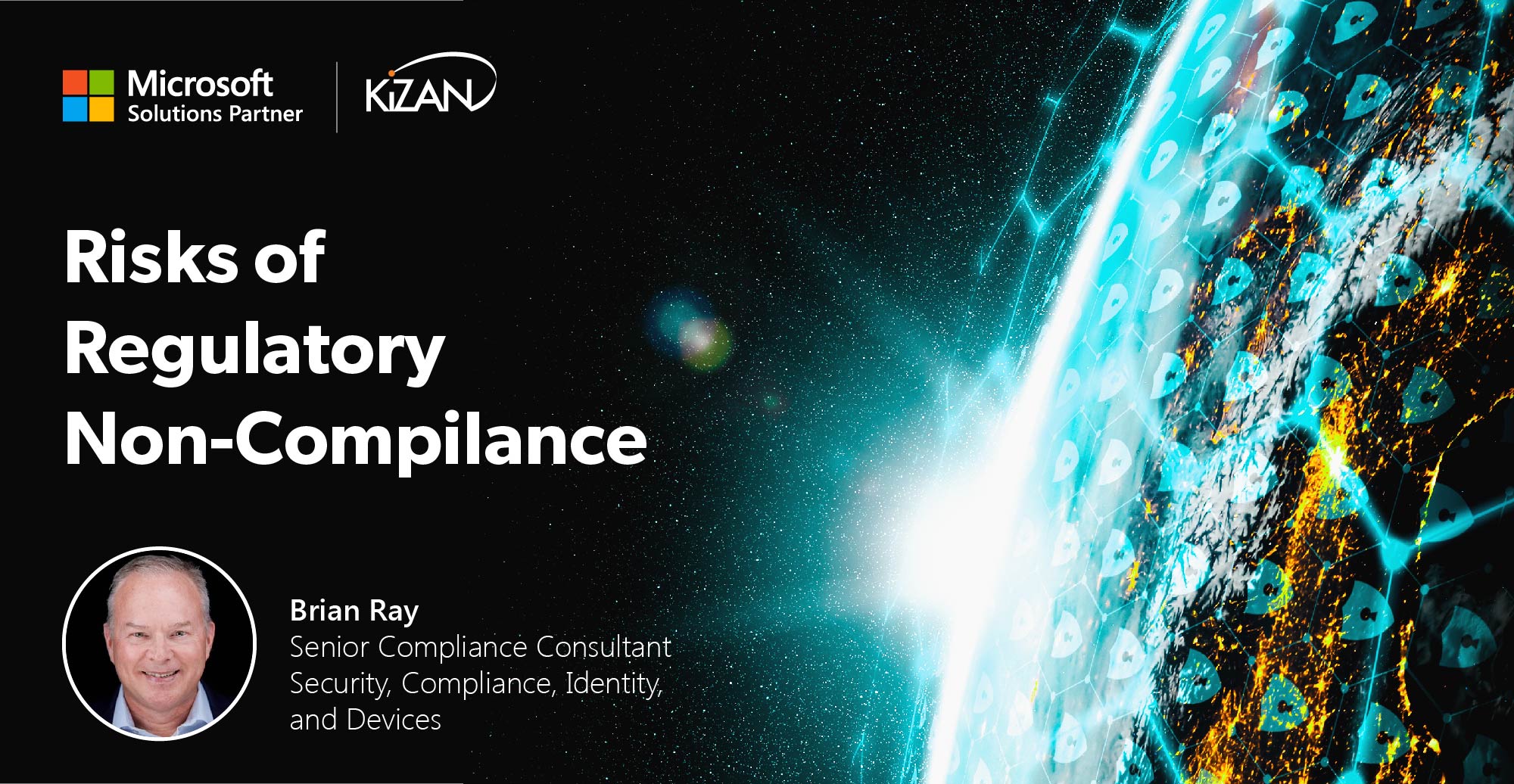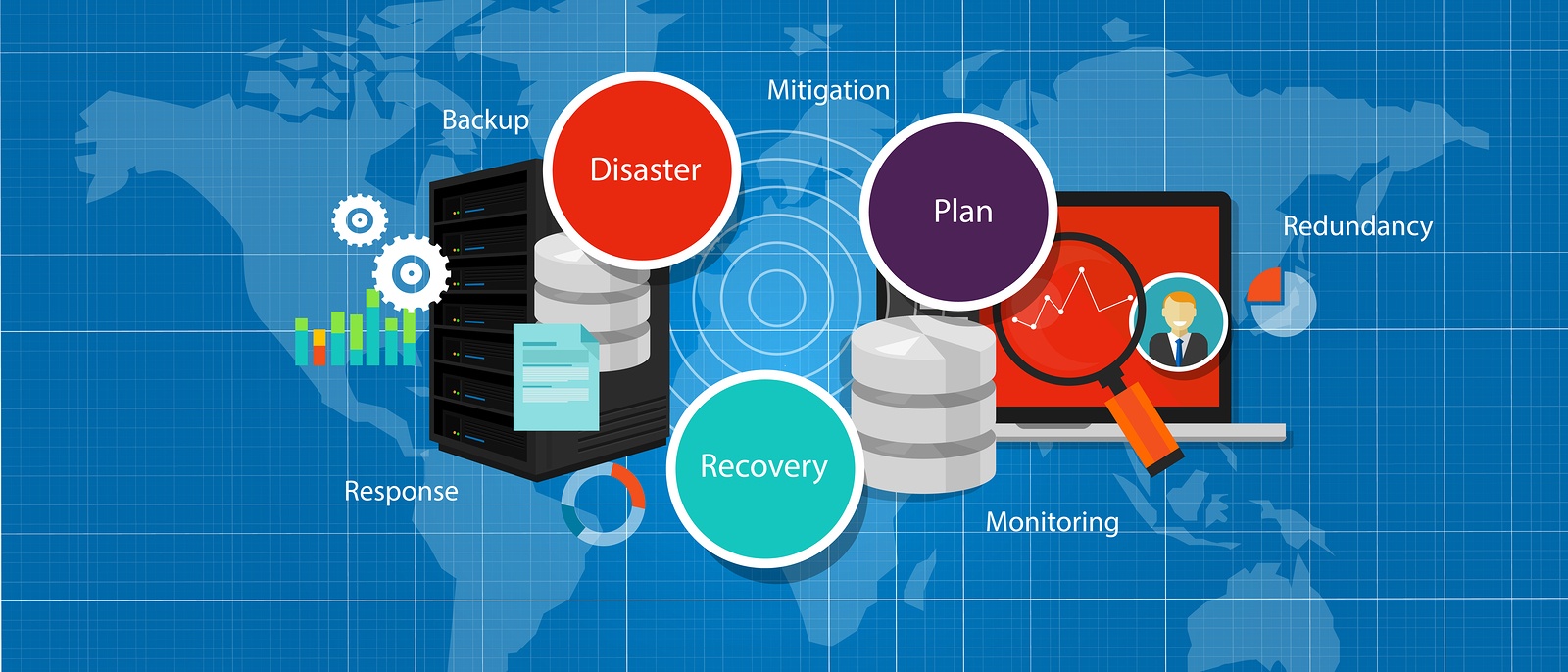
In today's fast-paced business landscape, staying ahead of the competition requires efficient and effective solutions. According to Microsoft’s Work Trend Index, nearly 70% of employee report that they don’t have sufficient time in the day to focus on “work”, with more time being spent Communicating than Creating.
Microsoft 365 Copilot is designed, with Microsoft’s cloud trust platform at its core, to allow for employees to both be more productive, reduce the time spent searching for information, performing mundane tasks, and other low-value activities.
Are you struggling with adhering to regulatory compliance? Do you understand all the risks of not meeting these requirements?
Regulatory compliance is essential for businesses to operate legally and ethically. Non-compliance can lead to severe consequences such as financial fines, reduced business activities, damage to reputation, access issues to markets and product delays. Worker injuries and deaths, property damage, lost production and jail time are just a few of the examples of the risks of non-compliance. Failing to adhere to regulatory compliance requirements can open you up to risks beyond just fines. For example, security regulations exist to help protect against data breaches, financial regulations are there to protect against fraud, and safety regulations are designed to keep workers safe. By not following compliance regulations, you might even risk losing access to certain segments of your customer base.
How can you ensure your business is complying with regulatory requirements? Some specific steps to follow include:
- Determine which regulations are relevant to your business.
- Identify the specific requirements you need to comply with.
- Conduct an initial internal audit.
- Establish and document compliance policies and procedures.
- Provide your employees with regular compliance training.
- Rely on experts.
- Constantly improve your regulatory compliance posture.
- Leverage the appropriate technical tools and the right vendors.
One important aspect of compliance is to change the way risk ownership is handled in your organization. Risk should not be something which only the risk and compliance department worries about. Risk should be something which every department factors into their decision making.




